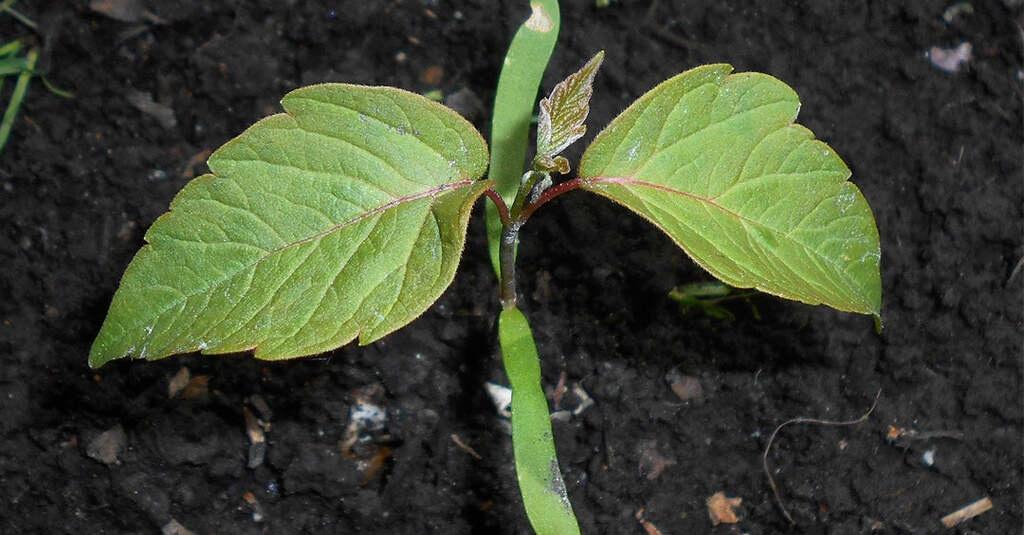The contribution of Ayurveda to health and wellness is impeccable. The significance of ayurveda is not new to mankind but it is the oldest form of medicine in the world. And one of the strongest pillars of ayurveda is Panchakarma. If you are unaware of this concept and its process, this blog will help you understand everything about Panchakarma.
Table of Contents
- What is Panchakarma?
- Purvakarma
- The Panchakarma cleansing therapy uses five purification stages
- Benefits of Panchakarma
- Why should you choose to study ayurveda?
- Courses offered in Ayurveda by Best Ayurvedic college in Bhopal- MAMC
- Conclusion
- Frequently Asked Questions
What is Panchakarma?
A detoxification program of ayurveda that is intended to lessen the overload of toxins in the body. Panchakarma therapy for each individual will be different from the other. And this process is designed according to the individual’s body type and by identifying the cause of their illness. You can easily find panchakarma treatment in Bhopal in places like Mansarovar Ayurvedic medical college.
Purvakarma:
Before the panchakarma therapy, a patient’s body is prepared by following two methods of the Purvakarma process-
- Snehan– Snehan is a process that continues for 3-7 days. In this process, oil massage is given all over the body which encourages the toxins to migrate toward the digestive system. This process helps in reducing stress and nourishes the nervous system.
- Svedana– Svedana process starts every day after the completion of the snehan. Svedana is a sweating therapy that is performed to loosen toxins and improve digestion. A herbal preparation is mixed in the steam to loosen toxins. Svedana helps in liquifying toxins.
The Panchakarma cleansing therapy uses five purification stages:
Given our busy lives today, it may sound like a tiresome process to perform the Panchakarma treatments in a precise order rather than all at once. In Panchakarma, each stage and phase supports the one before it. This is one indication that Panchakarma therapy is “genuine”.
The treatments are carried out exactly as instructed by the books in an appropriate manner, allowing the greatest possible benefits to be obtained.
- Vamana (induced vomiting)- Vamana is a type of directed emesis in which the poisons are released by vomiting. This frequently releases the accumulated dosha as well as hidden emotions that have been kept in the Kapha regions of the lungs and stomach. The patient will immediately feel relieved after the mucus has been released. Congestion, wheezing, and asthma are likely to go away.
- Virechana (purgation)- Pitta, or excess bile, tends to cause rashes, skin irritation, acne, recurrent fever bouts, biliary vomiting, nausea, and jaundice when it accumulates in the liver, small intestine, and gallbladder. In these circumstances, therapeutic laxatives or purgatives are advised according to Ayurvedic literature.
Purgatives aid in reducing the extra pitta that is causing the body’s bile to become disturbed. When using purgatives, the patient shouldn’t eat anything that would aggravate the prevailing humour or throw off the balance of the three humours.
- Basti (medical enema)- Basti process is done to manage vata. Vata is the root cause of many diseases, it is the driving force behind how feces, pee, bile, and other excreta are eliminated and retained. However, bone tissue (asthi dhatu) is another place where vata can be found. Vata is primarily found in the large intestine. Therefore, the drug given by the rectus has an impact on asthi dhatu. The colon’s mucous membrane is connected to the periosteum, the material that protects and nourishes the bones.
- Nasya (nasal medicine)- According to ayurveda, the nose serves as the entrance to the head. Consequently, nasal herb therapy is employed to treat conditions affecting the throat, neck, brain, ears, nose, eyes, etc. Nasya is also employed to strengthen and tone these regions. It has been shown to enhance hearing, smell, and eyesight, and prevent hair loss, stiff necks, greying, headaches, and lockjaws.
- Raktamokshana (Bloodletting)- The release of poisonous blood from various body places is known as bloodletting (Raktamokshana). The unclean blood is released, resulting in a variety of physical and skin conditions. When seeking quick relief from Pitta disorders like those of the skin, liver, and spleen, as well as illnesses like gout, migraines, and hypertension, bloodletting can be helpful.
Benefits of Panchakarma
- Helps in getting rid of toxins
- Improve metabolism
- Reduce tension/ stress.
- Strengthening of tissues.
- Boost your immune system to increase your resistance to disease.
- Restore the equilibrium of your body by enhancing health and fitness.
Why should you choose to study ayurveda?
If you are keen to solve the medical problems of our society at large, ayurveda is the best choice. As ayurveda does not only cure symptoms of the disease but solves the root cause. And the effects of medicinal herbs of ayurveda are long-lasting as well as have no side effects. And with time ayurveda courses are enhanced with modern science. Career prospects in this field are also getting wider with time as ayurveda can cure diseases that allopathic medicines cannot. And these courses are way more affordable than MBBS.
Courses offered in Ayurveda by Best Ayurvedic college in Bhopal- MAMC
Mansarovar ayurvedic medical college offers BAMS, MD, and MS courses in ayurveda. This college was established in 2015 and is affiliated with Madhya Pradesh Medical Health Science University, Jabalpur.
This is the only ayurvedic college in MP that offers 100 seats for BAMS. And 5 seats are offered in each specialization of MD/MS.
Conclusion
There are many herbal drugs in India that are still unexplored. And recently, people are becoming very concerned about health issues and they look for treatments that can provide them with complete cures. Ayurveda graduates will get tremendous work opportunities in panchakarma ashrams, ayurvedic health resorts, government/ private hospitals, and ayurvedic spa centers. So, if you want to bring real change in the health & wellness industry, then enrol in BAMS college in MP for the BAMS course.
Frequently Asked Questions
- Can I do panchakarma at home?
Yes, you can do certain procedures of panchakarma at home. But it is advisable to take this therapy from an ayurveda expert. You can get ayurvedic treatment in Bhopal from Mansarovar ayurvedic medical college.
- Is BAMS equal to MBBS?
Yes, both degrees are considered equal but they have different approaches to treating their patients. BAMS doctors treat patients according to ayurveda and MBBS doctors treat patients according to allopathy.
- Can I open a hospital after BAMS?
Yes, you can open an ayurvedic hospital/clinic/pharmacy after BAMS.
- What are the eligibility criteria to get admission to a private BAMS college in Bhopal?
Below mentioned are the eligibility criteria-
- Age = 17-25 years of age.
- NEET Qualified.
- Minimum 50% aggregate for unreserved and 45% aggregate for reserved category students in 12th standard. The subject in class 12th must be physics, chemistry, and Biology or equivalent.
- Which industry hires BAMS graduates?
Medical tourism, pharmaceutical, insurance, Nursing, education, and healthcare industries hire BAMS graduates.


